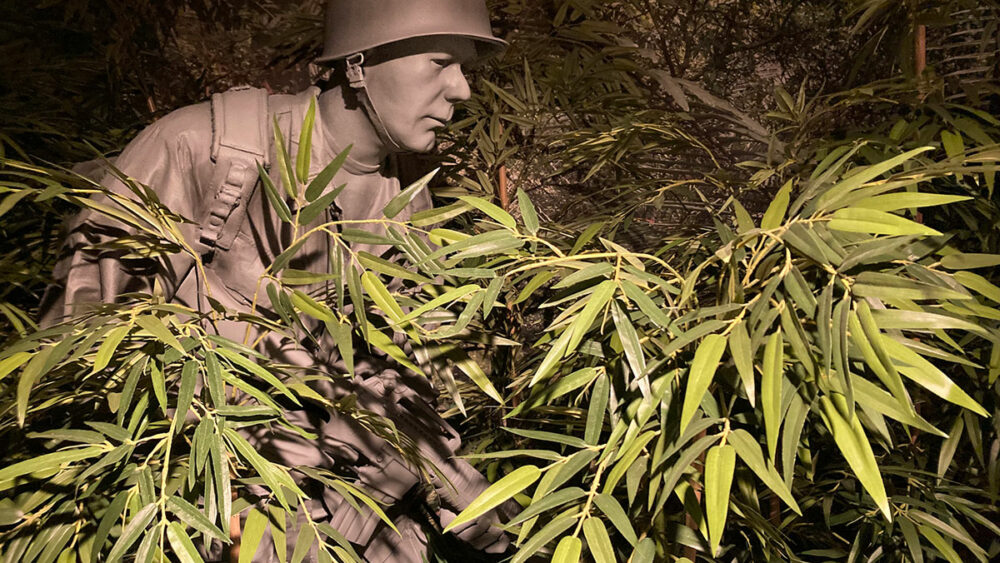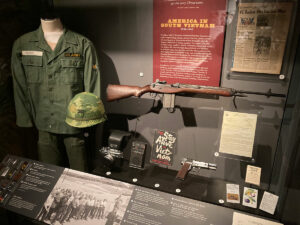The long-neglected story of South Carolinians who fought in Vietnam is about to be told, as it’s never been told before.
On Veterans Day – Friday, Nov. 11, 2022 – the South Carolina Confederate Relic Room and Military Museum will proudly present our exhibit that’s been years in the making. “A War With No Front Lines: South Carolina and the Vietnam War, 1965-1973″ will immerse viewers in the lived experiences of veterans who served in Vietnam, a war that changed everything.
In the Second World War, anyone could follow how the fight was going by looking at a map. There was the front line, clearly drawn. Vietnam wasn’t like that. Not only were there no clear battle lines, it was a war in which Americans often didn’t know who the enemy was.
It was also a major turning point in our history. This war, unlike most of its predecessors, divided America. It changed Americans’ very concept of our country – not only our ideas of how we should interact with the rest of the world, but how we related to each other at home, and especially to our government.
For many thousands of South Carolinians, as has always been the case in our nation’s history, it meant military service. Those who served in Southeast Asia have powerful stories to tell, and this exhibit will proudly tell them.
Admission is free on Friday and Saturday. Everyone needs to see this.
Visitors will be immersed not only in the stories, but also in the environments that our veterans experienced. They will get a glimpse of what it was like fighting in the jungle, in the Mekong Delta, and in the cities of South Vietnam. They will pass through thick foliage, encounter soldiers wading through a rice paddy, and enter the wreckage of a street in Hue during the Tet Offensive.
They will encounter such artifacts as:
Alex Miller’s orders to Vietnam – They were in his pocket when the mine went off. He came home seriously wounded.
Cutaways of M16 and AK-47 – See how these ubiquitous automatic weapons worked.
Uniform worn by Gen. William Westmoreland – The officer in command of it all was also from South Carolina.
The Flaherty letters – Steve Flaherty was born Yoshiaki Ushiroda in Japan in 1947 to a Japanese mother and an unknown American father. He would become the All-American boy, and give his life in the A Shau Valley.
Chief Boatswain’s Mate James Elliott Williams’ uniform – Williams, a Cherokee from South Carolina, received the Medal of Honor for his heroic actions of October 31, 1966.
Telegram to Rosanna Salley – James Salley’s wife received the message that all loved ones back home dreaded.
And much more. Exhibit cases will be filled with what these veterans wore, what they read, and what they carried into battle. To view more about the artifacts, visit our “About the Exhibit” page.
At noon on the day the exhibit opens, a free lecture will be offered. Many came home from Vietnam with post-traumatic stress disorder – as soldiers in previous conflicts suffered from “shell shock” and “combat fatigue.” Mike Miller, former lead historian and head archivist of the Marine Corps History Division, will talk about what these veterans had in common, and how they were different. The museum will be open from 10 a.m. to 5 p.m. on Veterans Day.




Comments are closed.